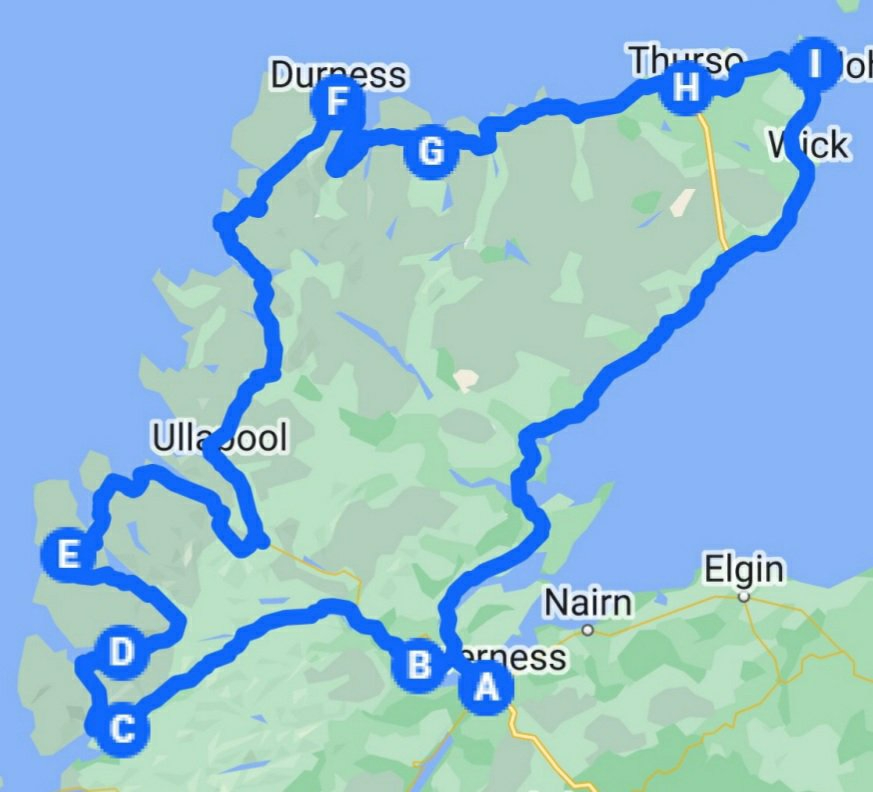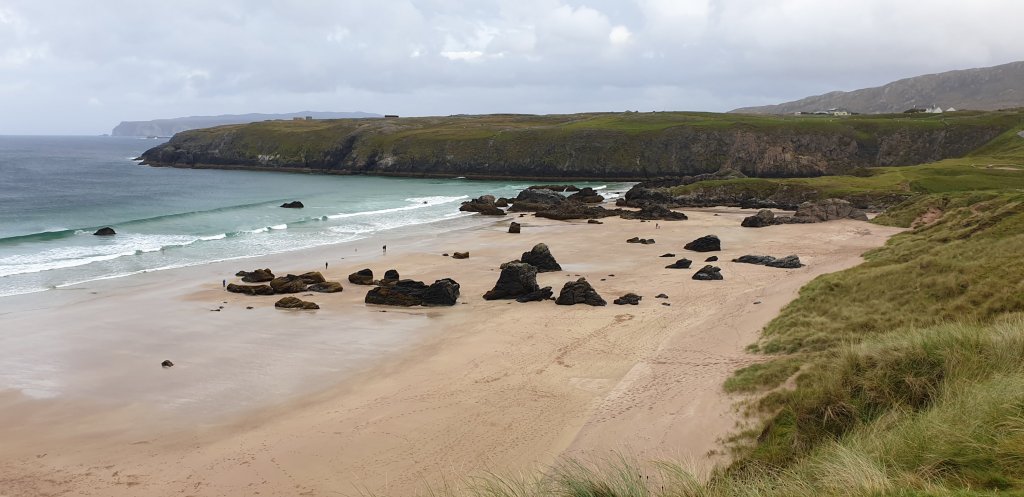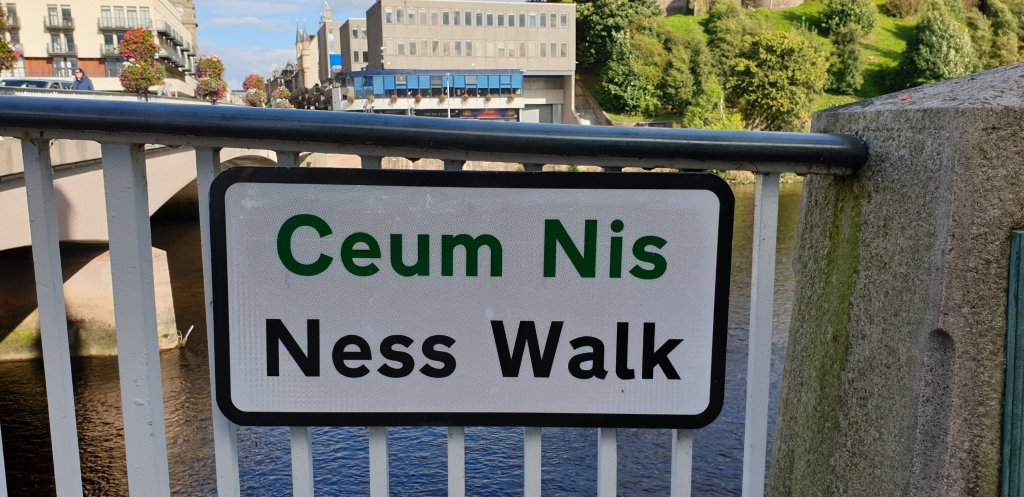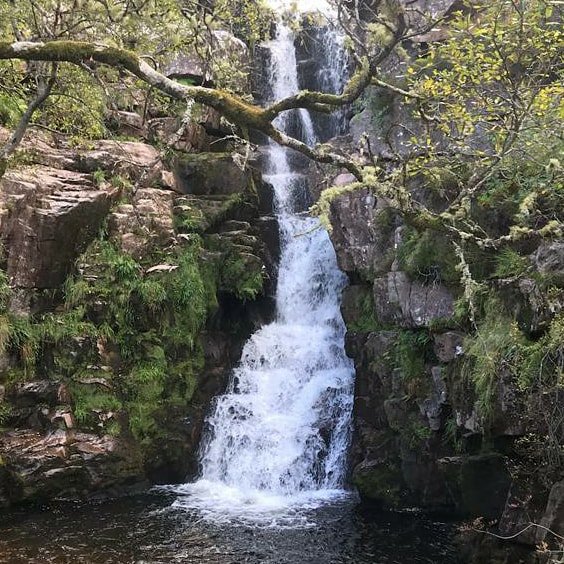North Coast 500 road trip

I embarked on a road trip exploring the wilderness of Scotland, the Scottish Highlands to be precise, which is home to some of the most remote places in the UK and the most northerly spot in mainland Britain. For a lot of us Brits, travelling around the UK can be a little expensive hence why many of us resort to buying cheap flights abroad. But if you’re someone that appreciates nature, long drives and dramatic scenery -the North Coast 500 (aka NC500) is a must!

About NC500:
This is a circular route covering just over 500 miles around the highlands of Scotland starting and ending in Inverness. Much of the route is new and was only launched in 2015 by the tourism board connecting some of the remote off trail roads. For more information about the route, visit the tourism board.

This route is probably the most scenic I’ve ever been on with single track mountainous roads, dramatic landscapes, beautiful beaches and coastlines to Scottish mo and wildlife-it really has a lot to offer. As a non-driver, I was able to appreciate the beauty from my passenger seat whilst travelling in a small group of 4 in a hired car. I did see many campervans on route so if you’re a confident driver, this is recommended allowing you the freedom to spend more time at preferred spots.

Popular highlights on route (clockwise)
- Inverness (start your journey here)
- Muir of Od
- Lochcarron
- Applecross (dramatic drive)
- Gairloch
- Ullapool
- Lochinver
- Durness (Sango Bay beach)
- Tongue
- Thurso (1/2 drive to Dunnet Head, northernmost point in mainland Britain)
- John O’ Groats (northernmost settlement, counterpart to Land’s End in Cornwall)
- Wick
- Inverness (boat trip, city centre walk and exploring local area)


Exploring the NC500:
You need to be a driver or travelling with one or two drivers (allowing them to take a break), this is not doable any other way!



Getting here:
The route starts and ends in Inverness, with frequent flights from London as well as other cities in the UK. You can choose to fly here, get a train or drive yourself (you’ll need to take into account journey time if driving from England and whether that works in your favour).



When to visit:
Ideally from late spring to early autumn, the weather is harsh in the winter months with poor visibility and with potential routes cut off so avoid during colder months.
Duration:
My trip was a week long with multiple stops and spent overnight accommodation in 4-6 different places but was worth it, if you have more time, two weeks would be ideal!

Accommodation:
If you are driving a campervan or plan on camping, you’d need to do some research into spots where you can on this route as many travellers enjoy camping outdoors in the highlands in the summer. Most accommodation on route (and the few) are mainly small b&b’s and hostels and many get booked up pretty fast. I would advise to book these a good couple of months before your trip. If you’re going for a week and know what locations you’d like to spend overnight -start planning your route. Over a course of a week during my trip, I spent 4 nights in different hostels/ b&b’s and couple in Inverness which has a greater range to offer. If you’re going in a small group, female dorms in a hostel work out best and cheapest when cost is split (you could get the whole dorm to yourselves).



Food:
Plenty of amazing seafood places on this route for some delicious shellfish, oysters to grilled and fried fish (as expected didn’t see any halal eateries unfortunately). Inverness has some halal fast-food restaurants, but their seafood selection is great!







Costs:
Your main costs are getting to Inverness (so either flights here, cost of train ticket or fuel cost) and then your accommodation and mainly food, vehicle hire and petrol. One week’s stay in b&b’s, hostels, split cost of vehicle hire (if in a small group), fuel top up, food and tickets to Inverness would typically set you back £500-600. Also depends on seasons you are travelling in and mode of transport getting to inverness.



Solo/ group travel:
If you’re a confident driver and an intrepid traveller with experience of domestic and or international road trips, there’s no reason why you can’t do the nc500 alone. It is often nicer to share experiences with others and travel with a fellow driver if you can or in small groups (all fitting in one vehicle) in a 4×4 or campervan is ideal.

Clockwise or anticlockwise?
I completed the journey clockwise, but it is recommended to do it anti-clockwise as the route starts easier and then gets more challenging. The roads are safe but be mindful of sudden weather change and visibility drop especially going over Applecross and giving way to oncoming traffic in some busier spots on a single-track road.

Things to bear in mind:
Much of this route is remote, you’re likely to be the only car on road most of the time. Be aware of loss of cellular/ internet connection so ensure you have supplies of whatever emergencies you may need. Take a detailed printed map together with food for the road, potentially a travel kettle and essential charging devices. Take good hiking boots and waterproof/ windproof coats, hats and gloves just in case.



Since its launch, the NC500 has proven to be a highly popular route for many adventure travellers. Sadly due to its vastness, amenities are far and few between (public toilets for example), so many locals aren’t too happy with travellers dumping their waste in beaches/ rocks. Take care whilst traveling and be mindful of locals that may reside in remote areas of the highlands. Most of the highlight spots will have some washing/ toilet facilities but ensure to do your research and find out where the next petrol station will be.
This trip requires a lot of research and planning in advance so ensure to do this before embarking on a wild adventure, good luck!








